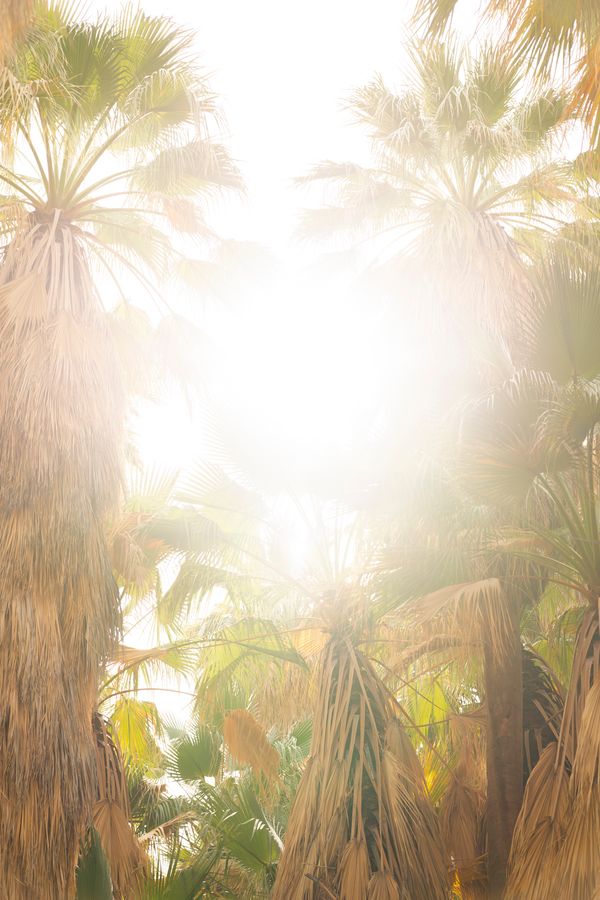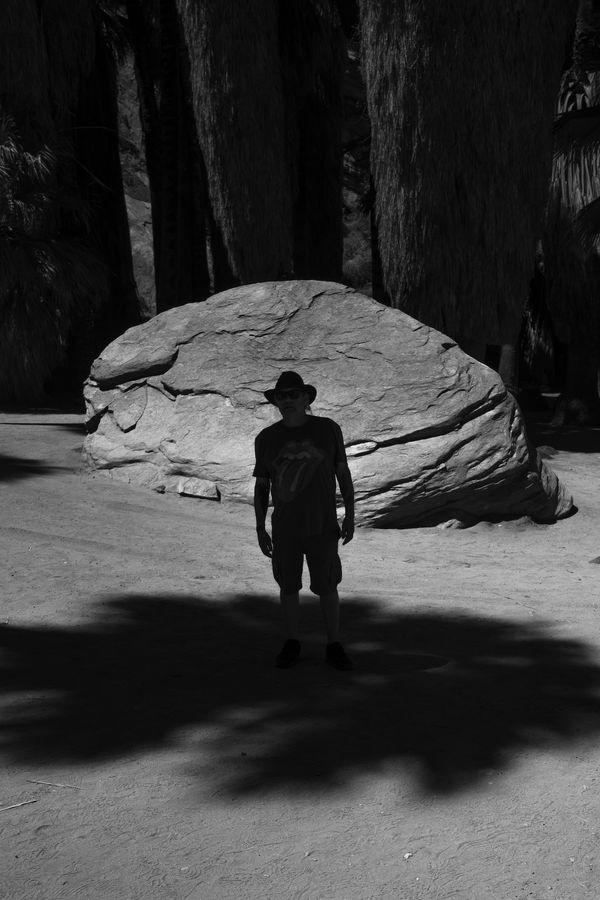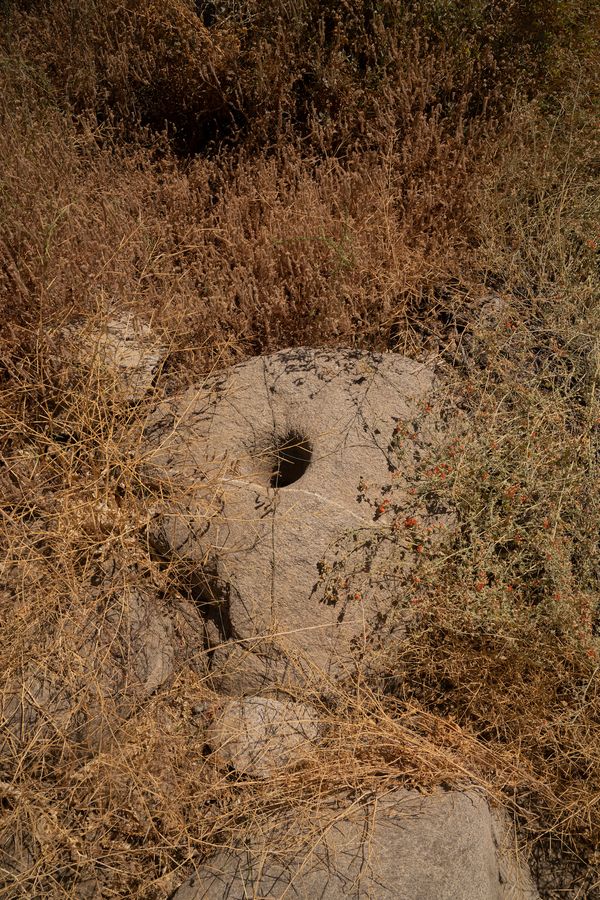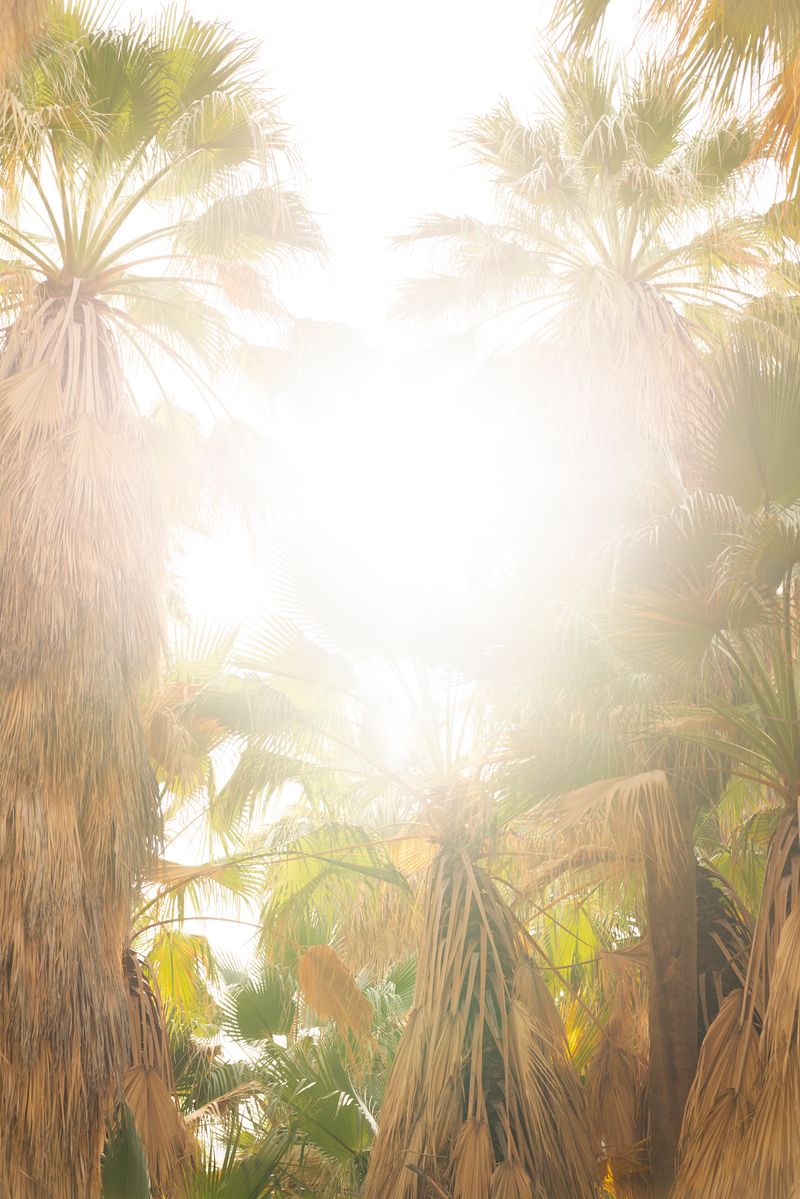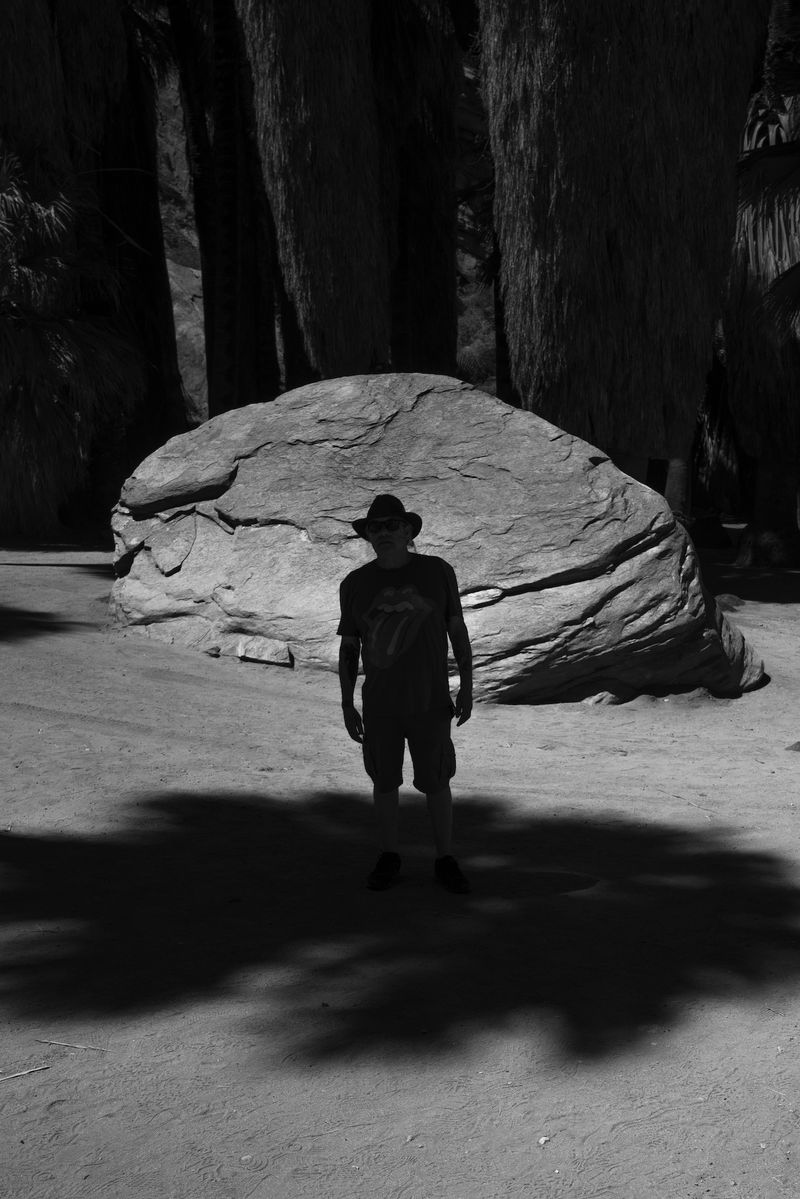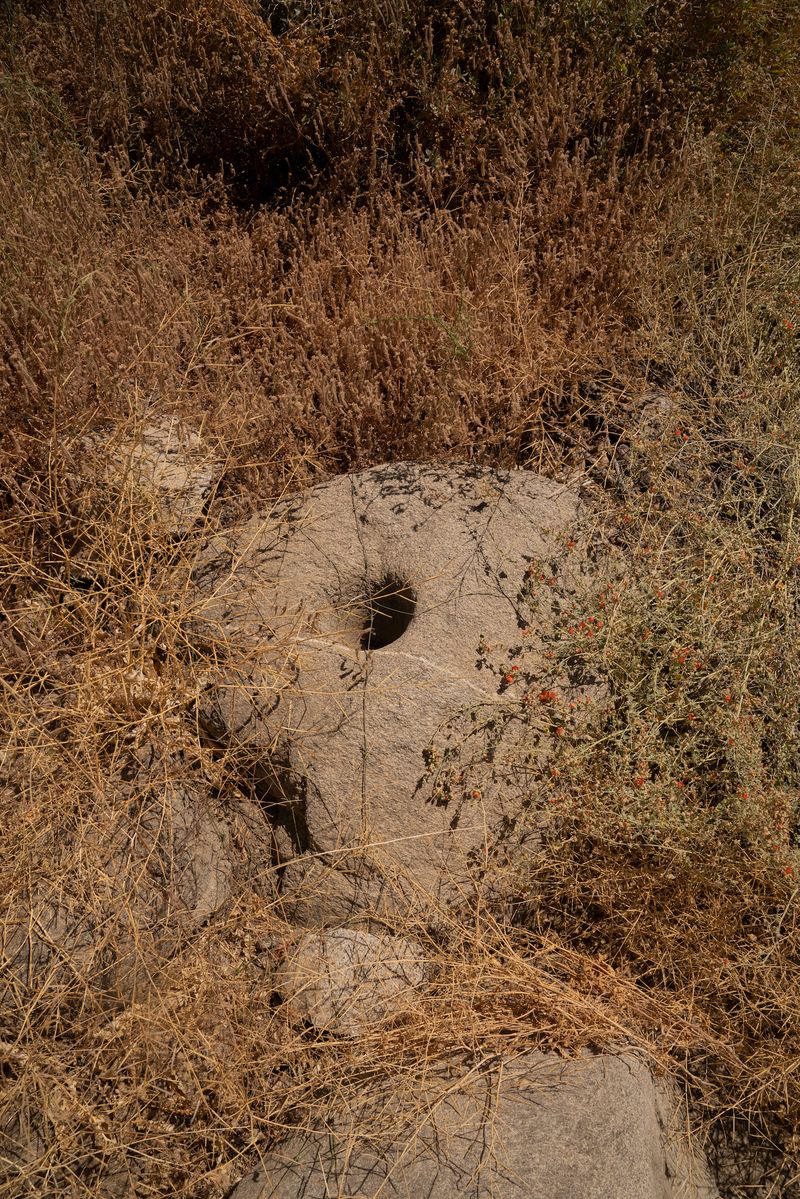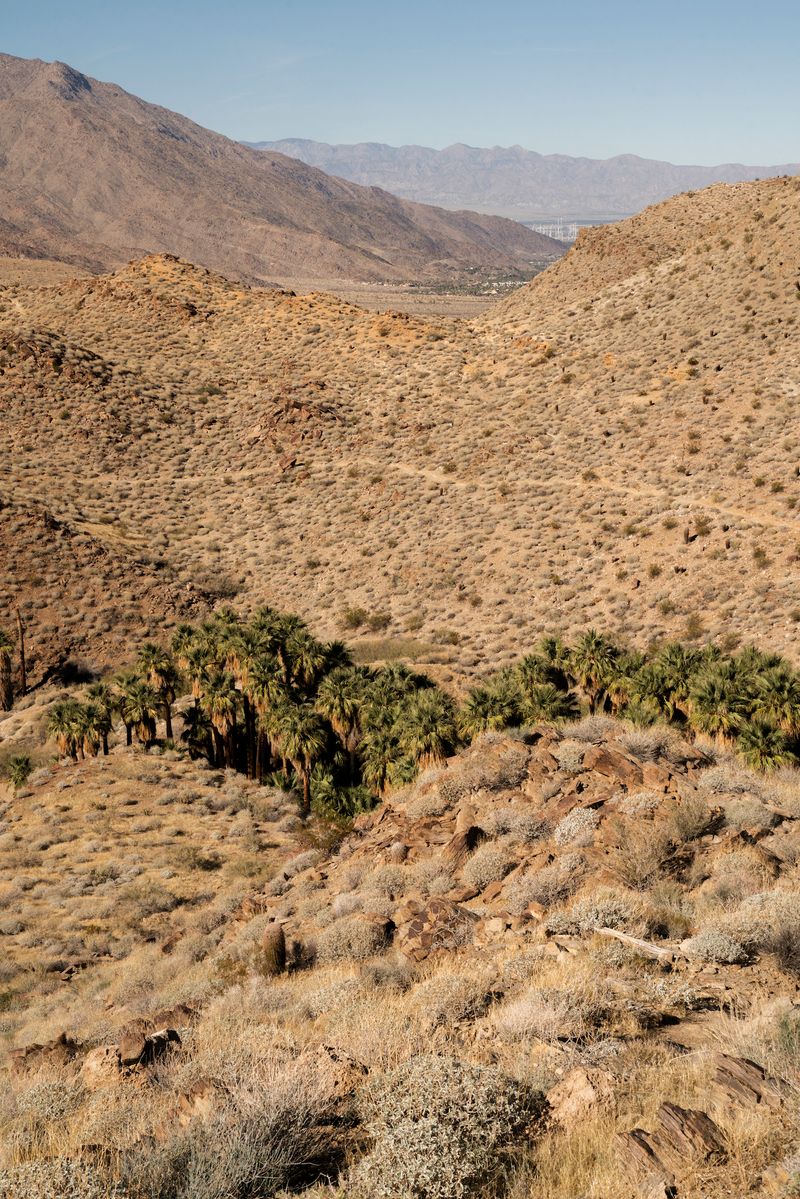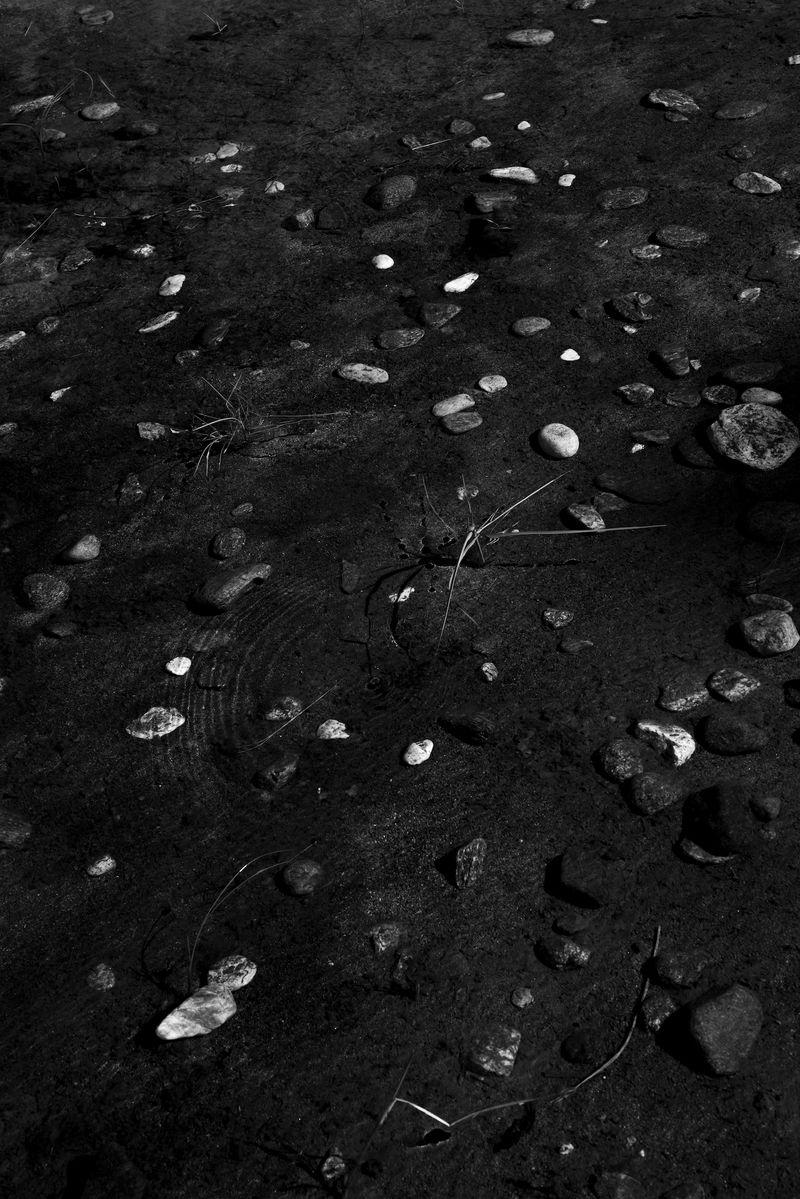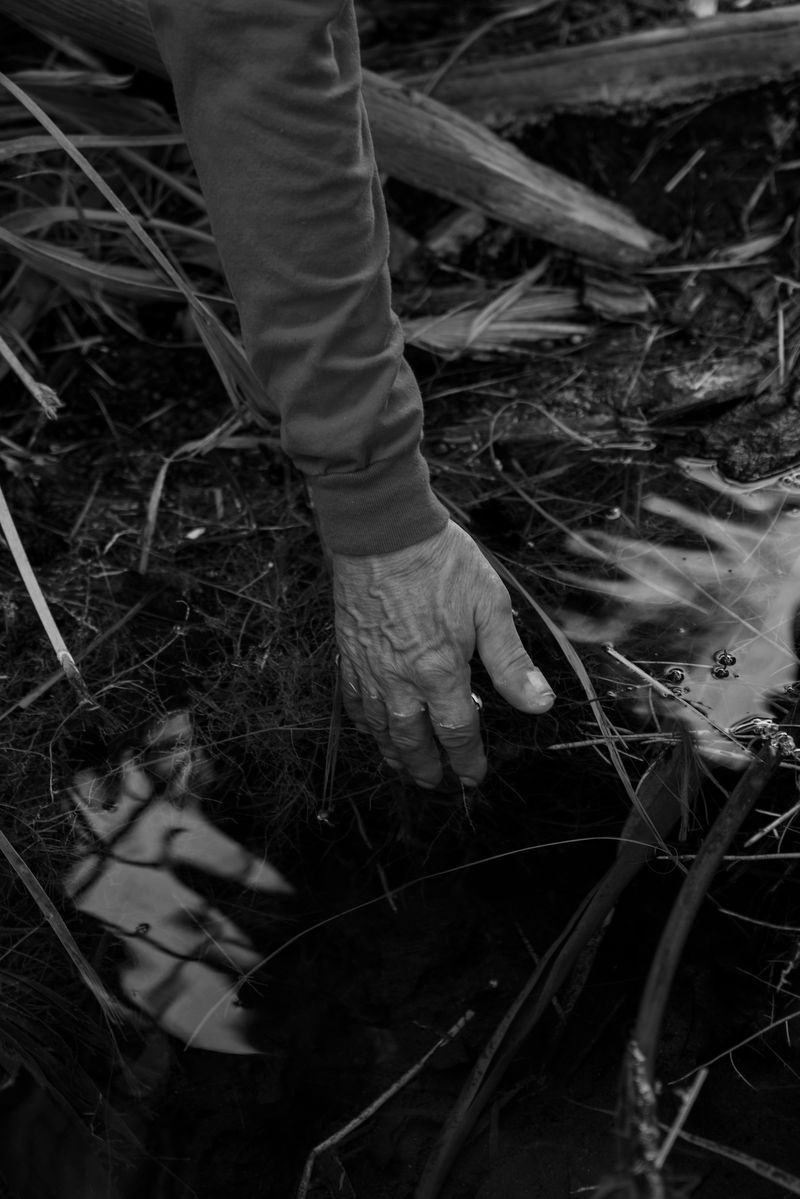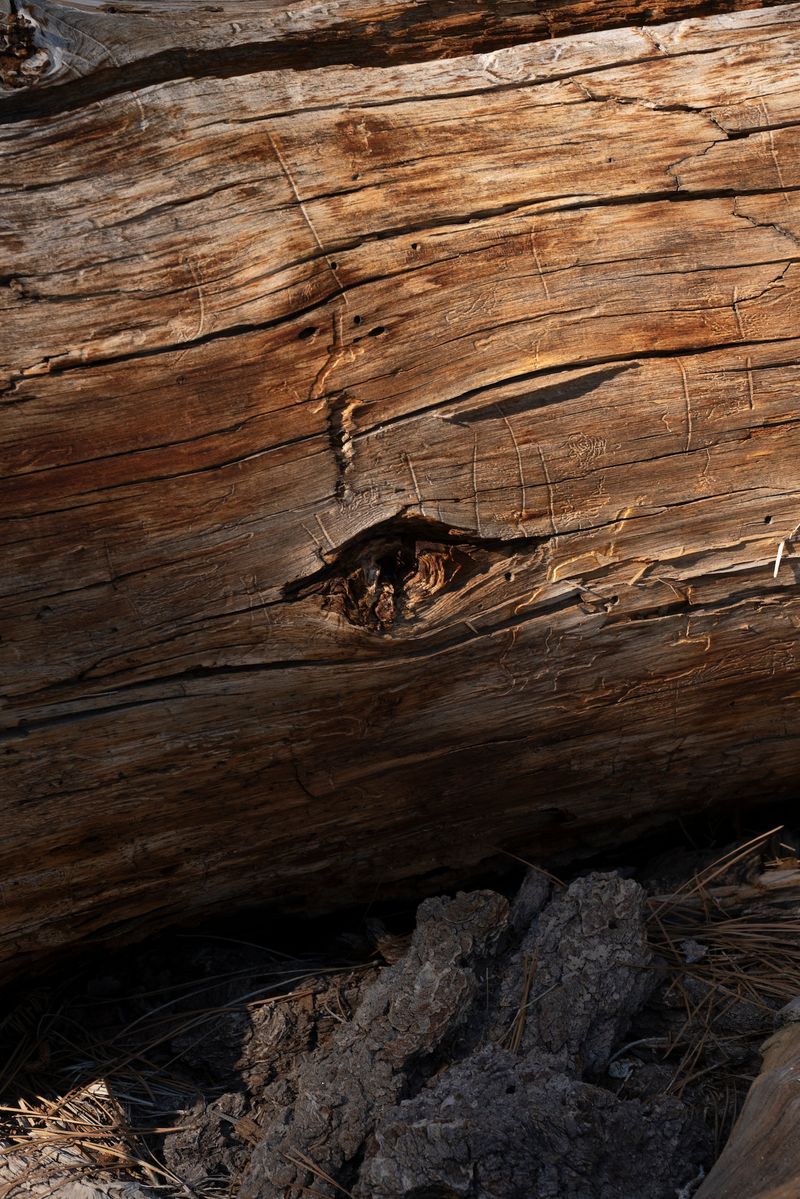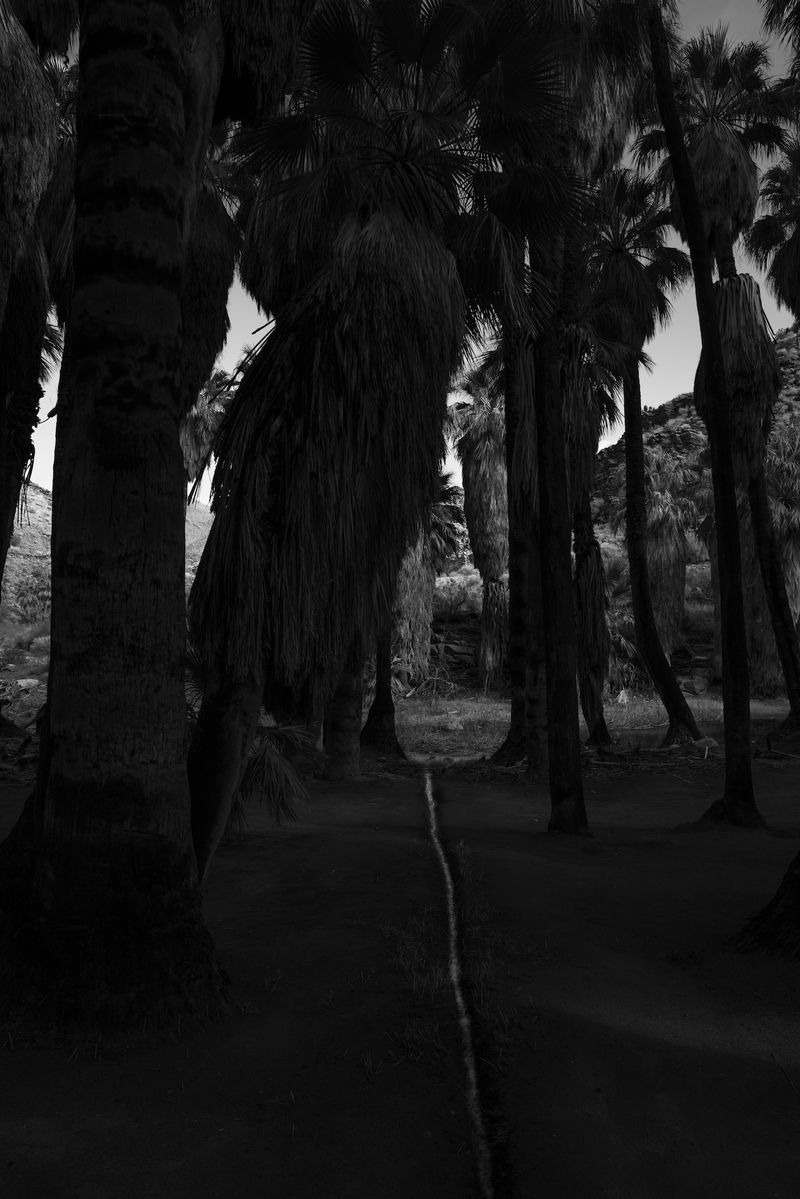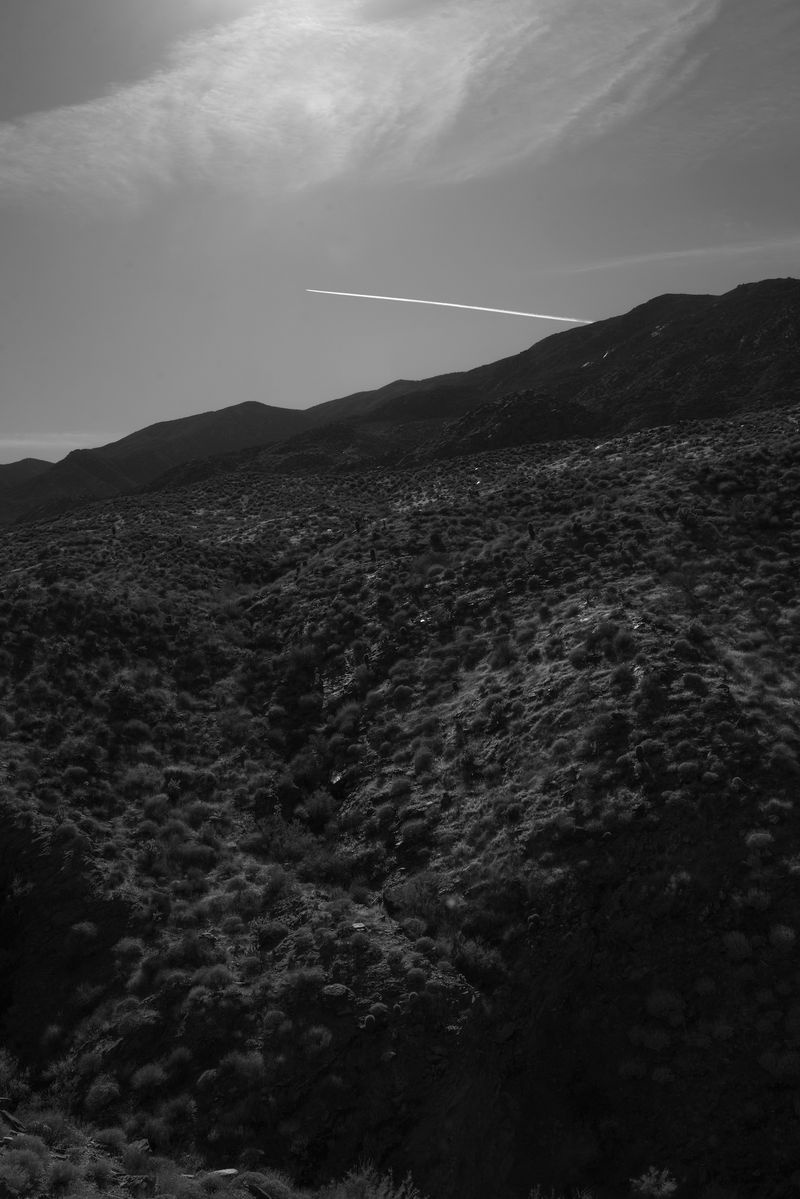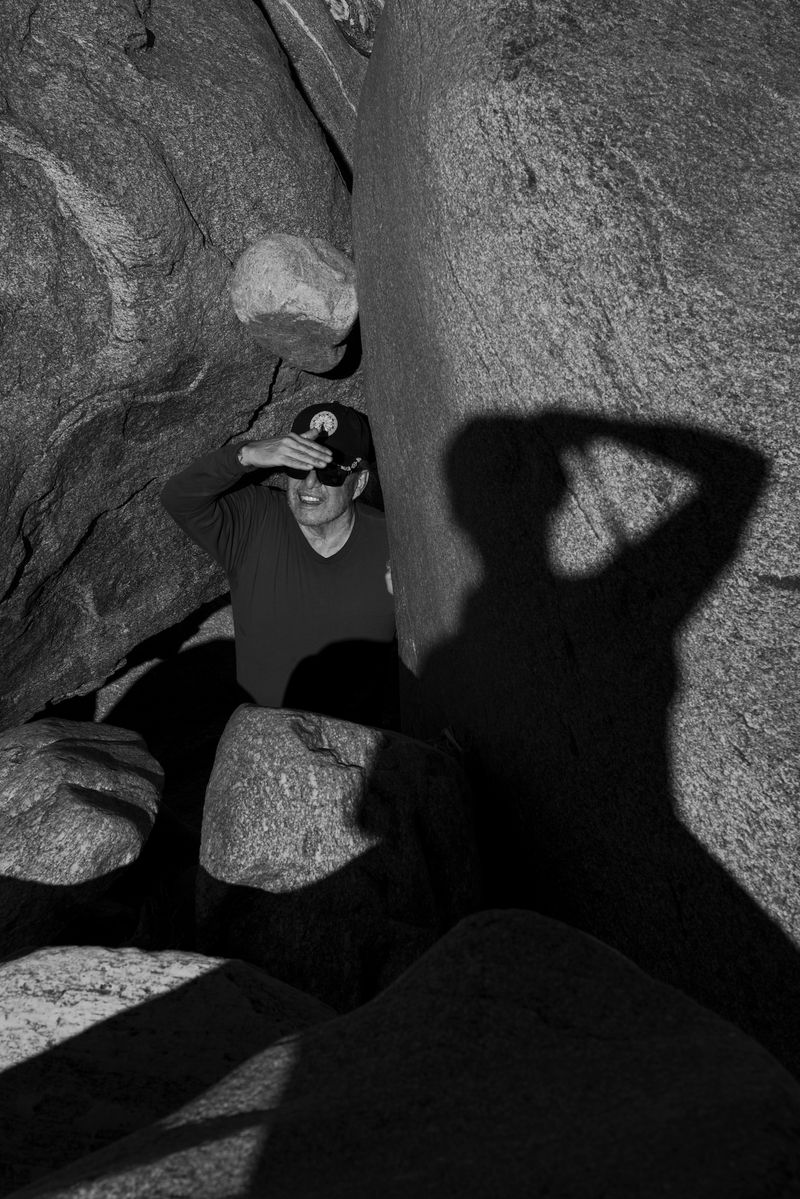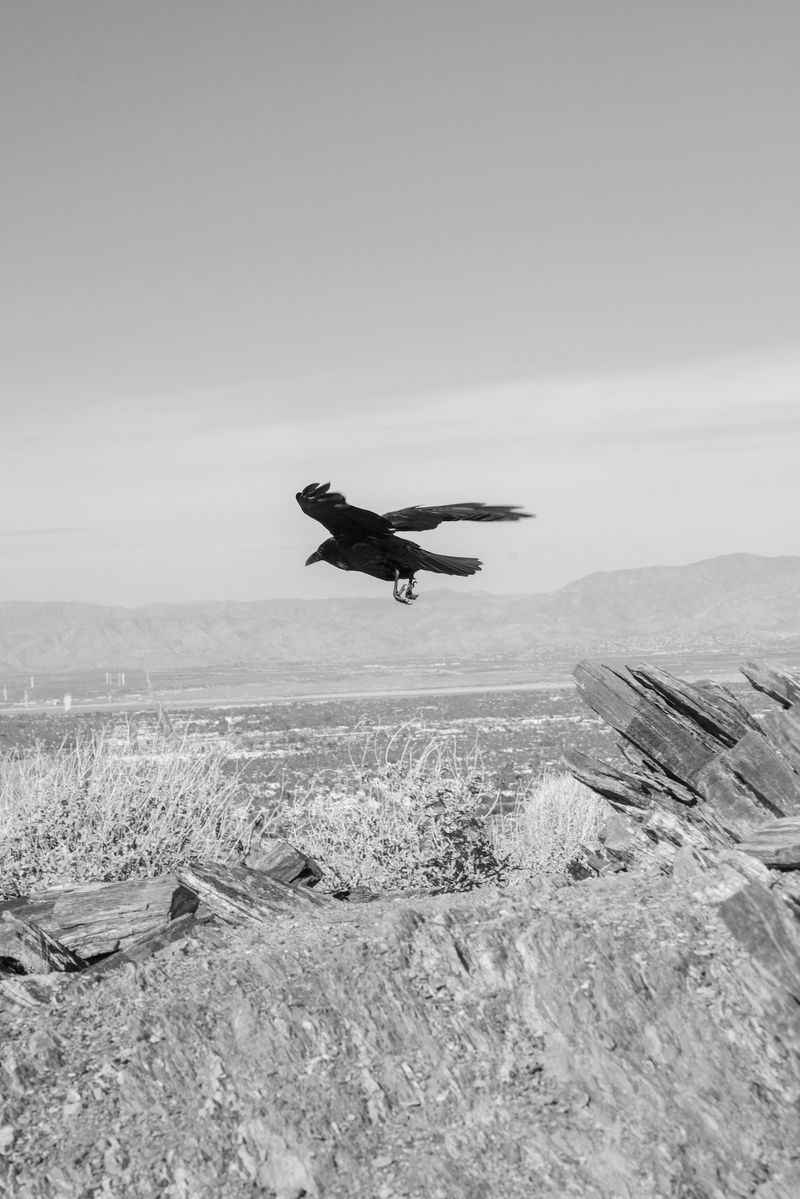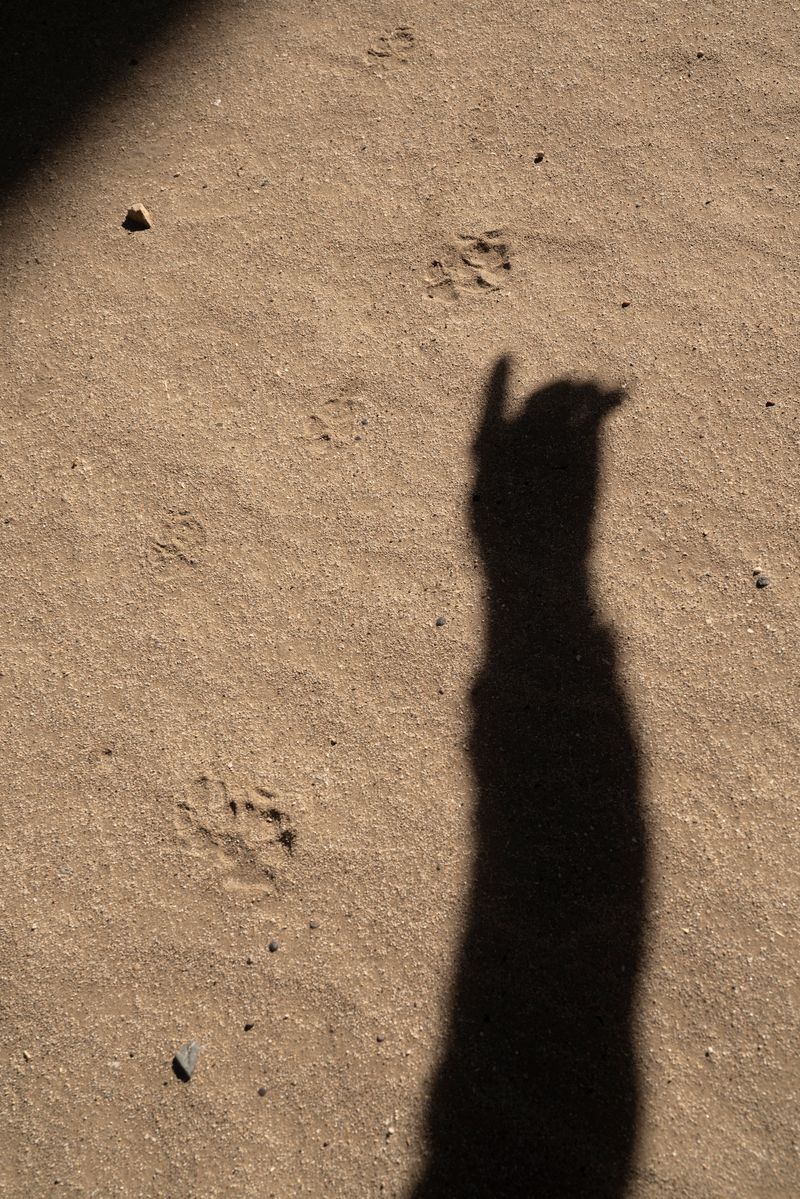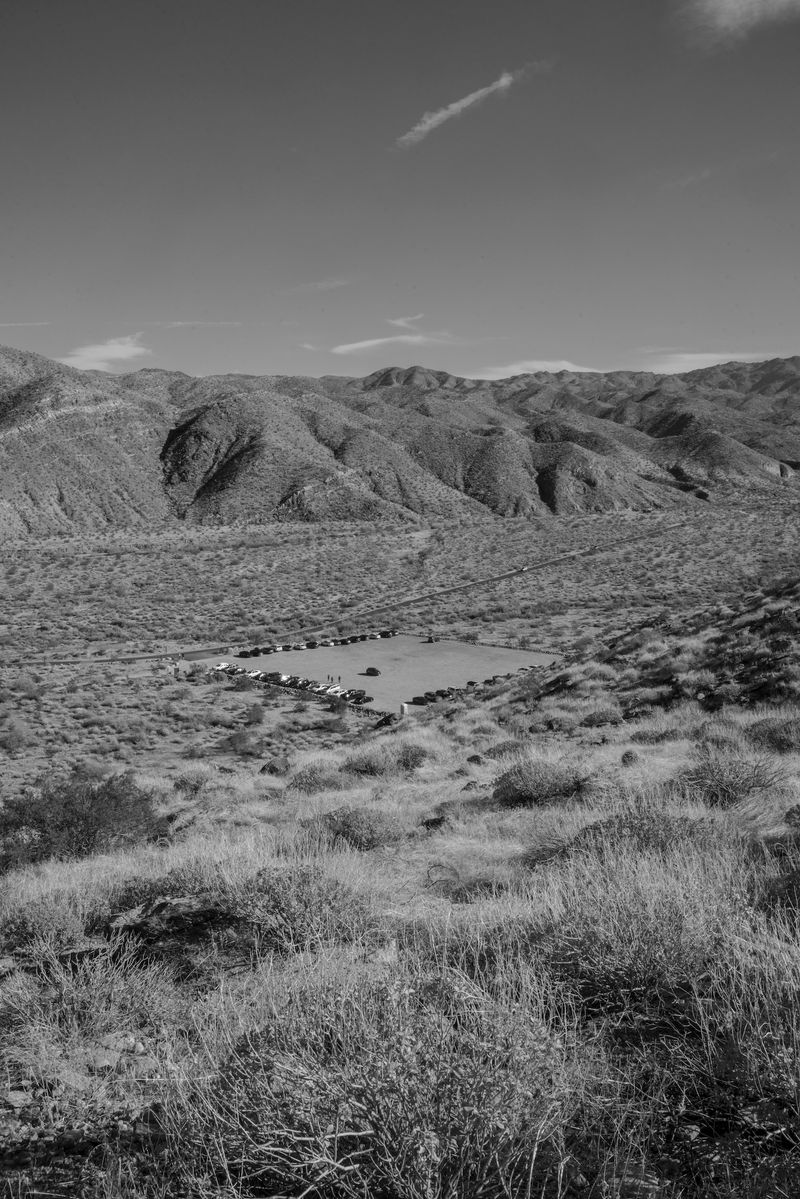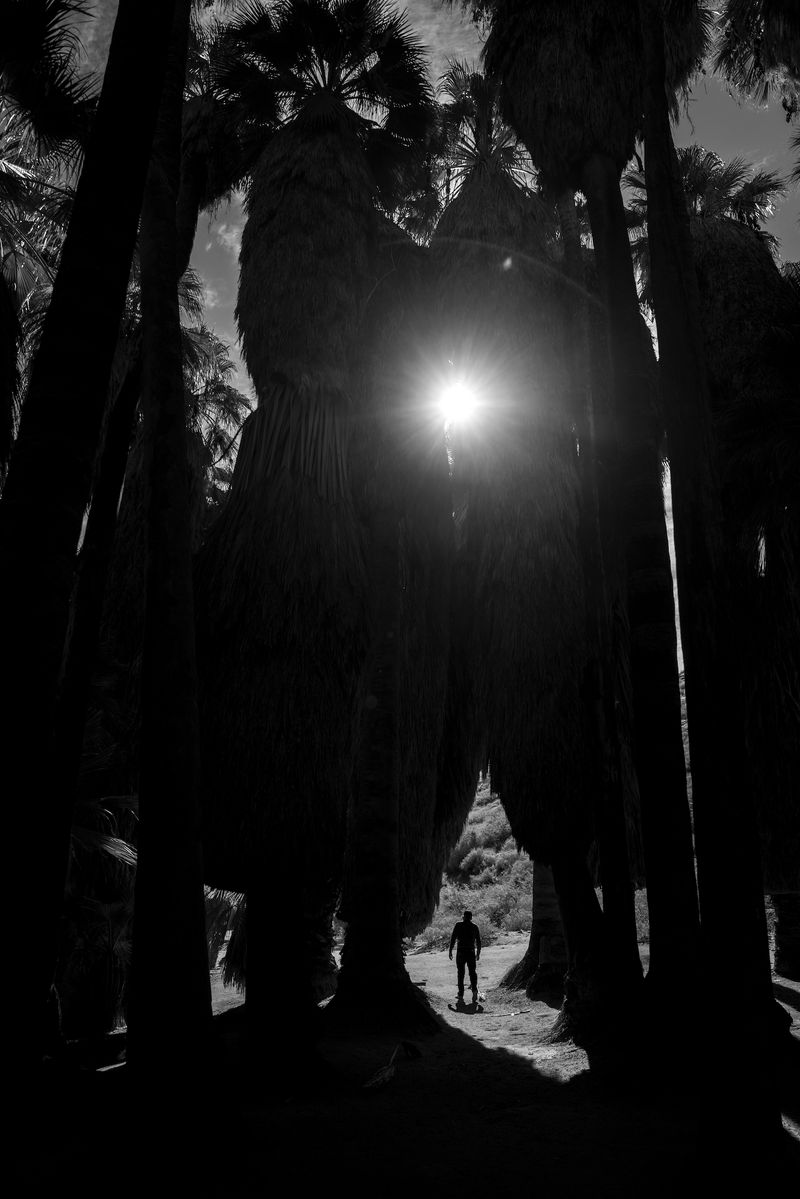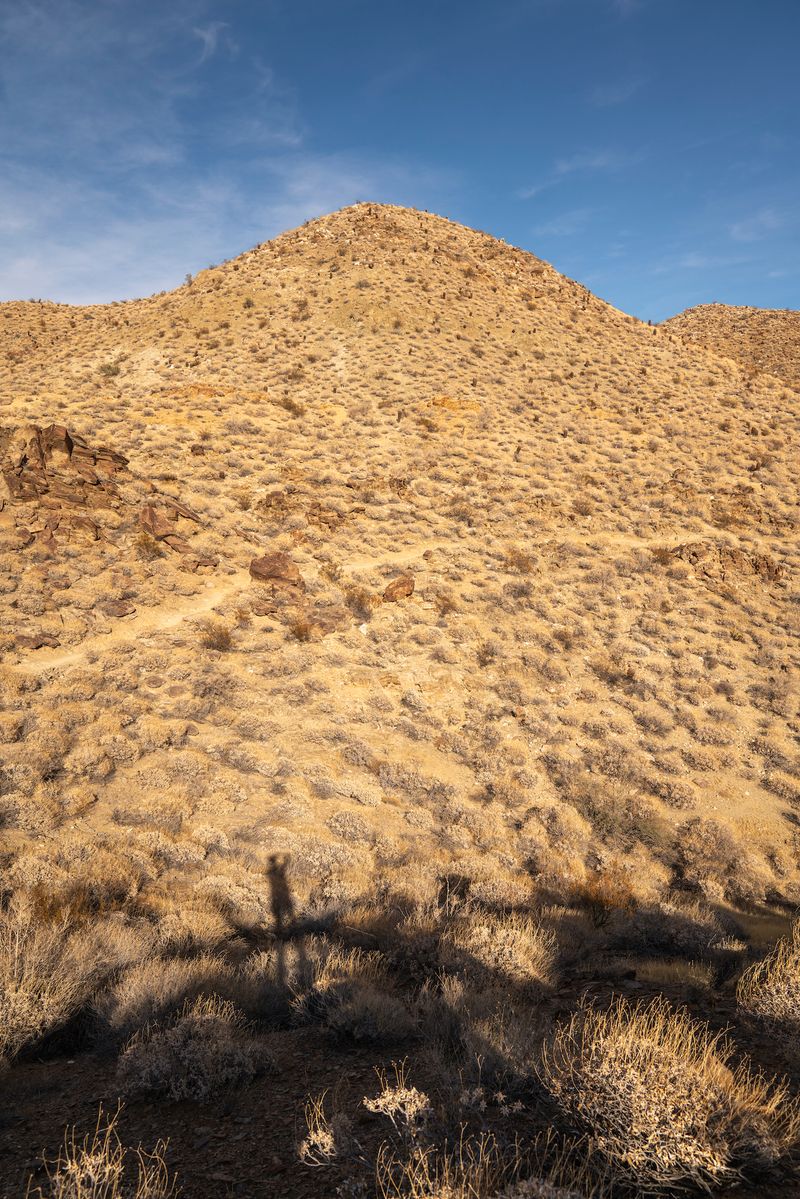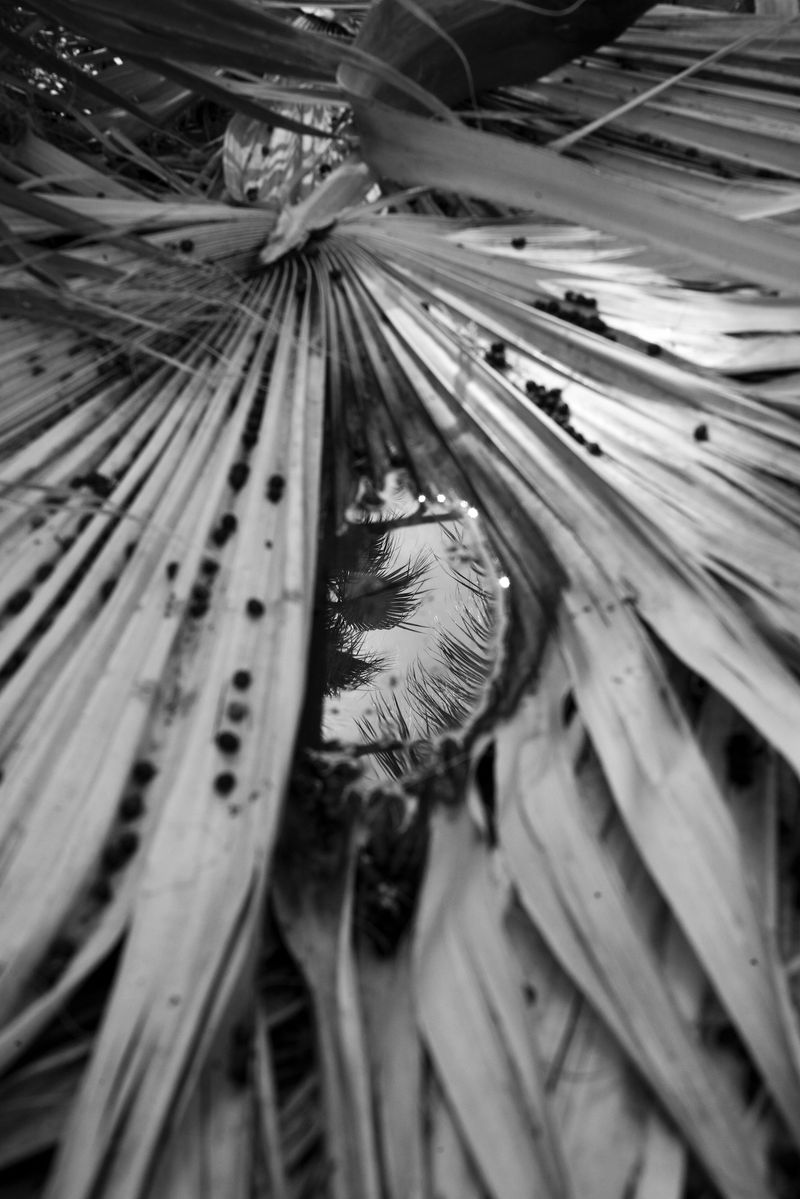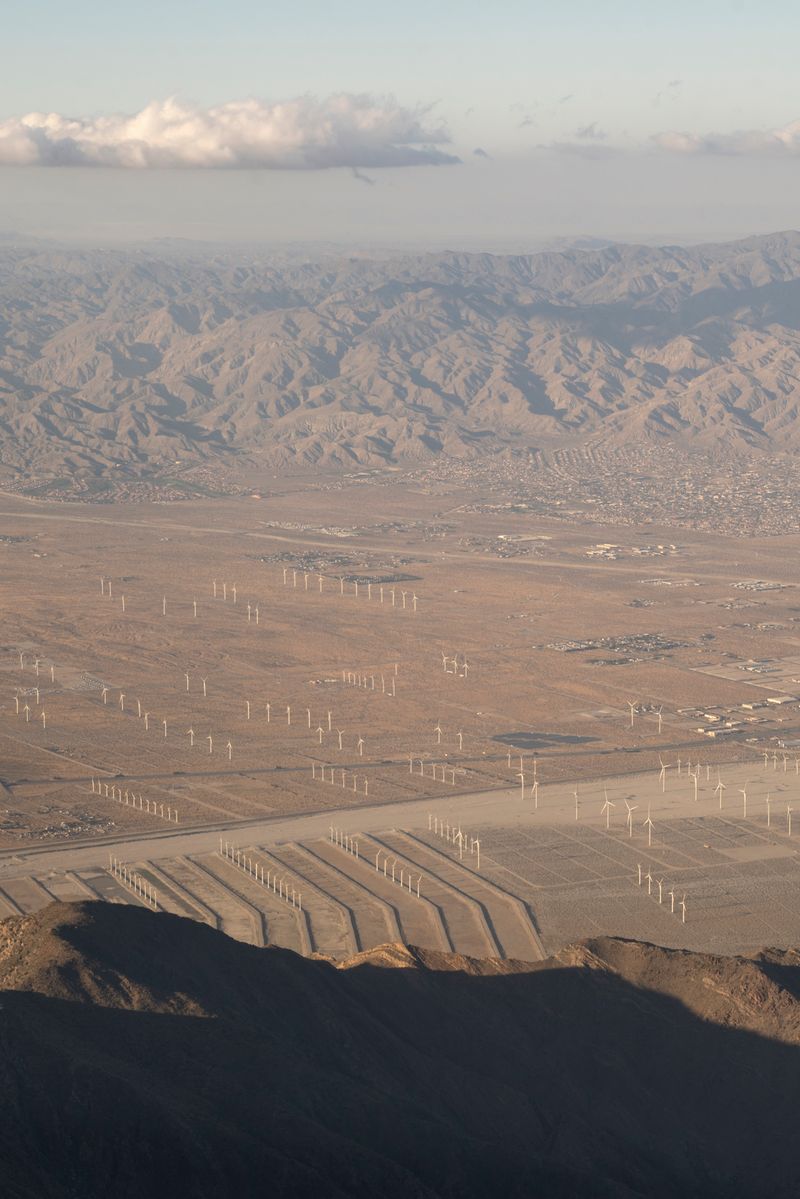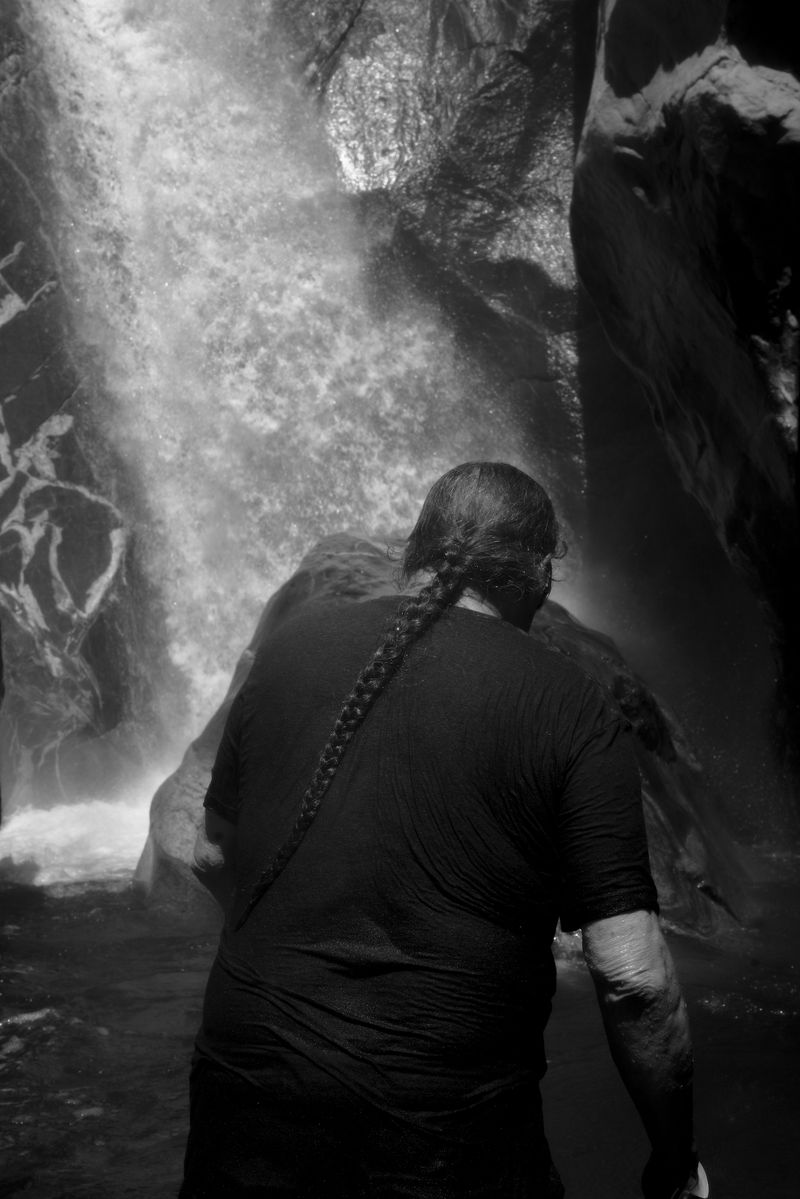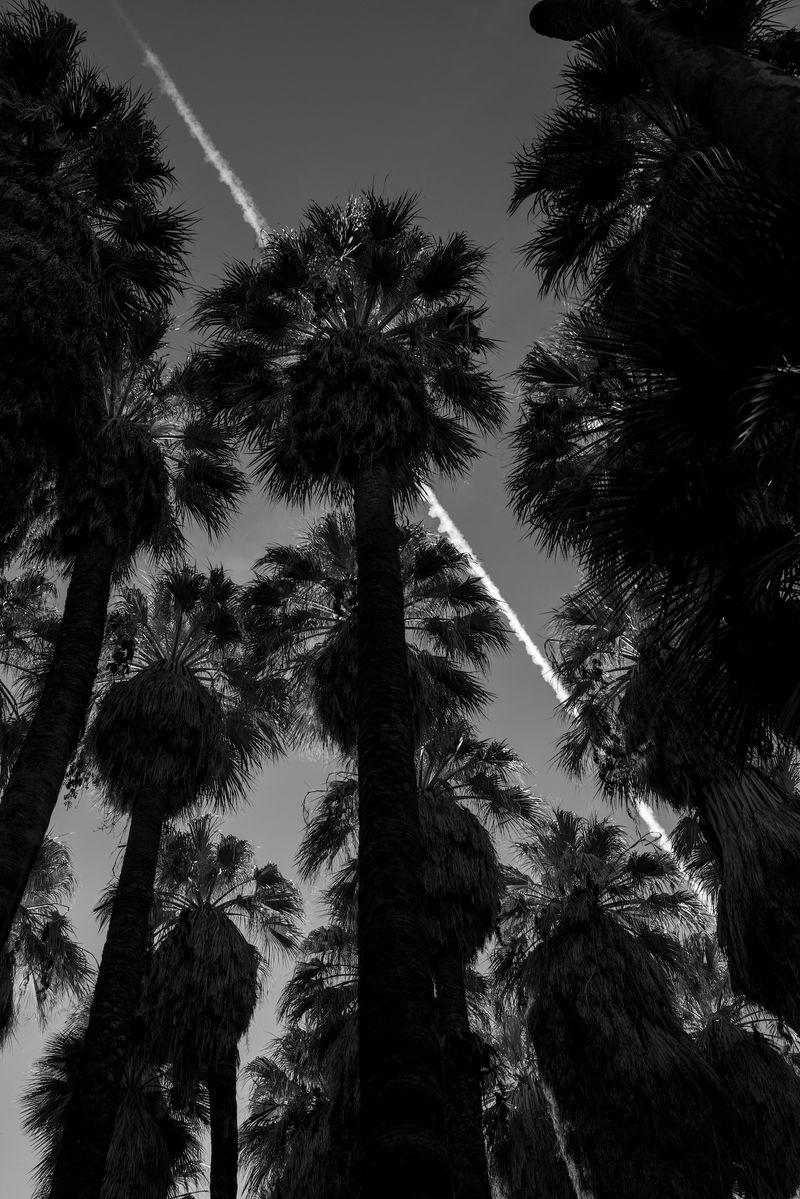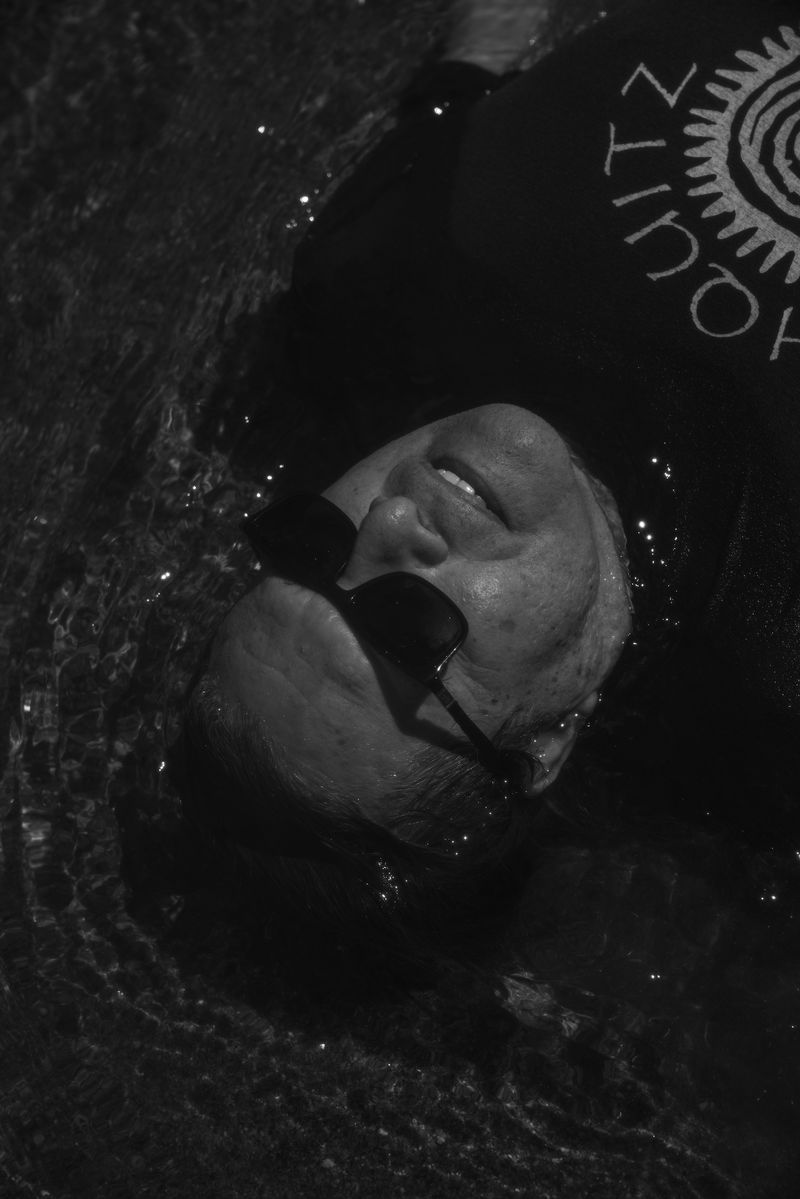Say Uncle
-
Dates2021 - Ongoing
-
Author
- Location Palm Springs, United States
A meditation on the disparities of perception between Native and settler people through photographs of my uncle in the Indian Canyons on the Agua Caliente Indian Reservation, our ancestral homelands.
Say Uncle is an ongoing photo project that explores the tension between being seen and seeing. For this work I photographed my uncle in different canyons on the Agua Caliente Indian Reservation in Séc-He ("palm springs, ca"), our ancestral homeland. Together we travel across the land, following the same paths that our family has walked for countless generations. Traditional migration routes open up into portals across the land, making way for reinterpretation of some of the same scenes that our family has always seen, and some new. The desire to make work here came from wanting to respond to the pressure I felt to perform identity for the white eyes of the art world and evolved to speak more directly to photography's relationship to viewing and being viewed by Indigenous people.
I follow my uncle's footsteps in the same place that our ancestors have stepped for time immemorial, and make images of them as the modern people they are. By photographing my own family, on our own ancestral land in contrast with the colonial markings of settler society on the place, I call into question equity of the photographic image, and highlight our general unwillingness to view photographs from the same perspective as a larger settler society. I render images in both black & white and color to jolt the viewer out of a nostalgic view of Indian Land. As we follow the trails laid by Agua Caliente Cahuilla for thousands of years, the colonial world creeps in. Séc-He, a famous vacation spot for wealthy Americans, was one of Edward Curtis' sites for his infamous project "The North American Indian". As Curtis' photographs cemented the myth of the "noble savage" in the settler psyche, I aim to draw a contemporary thread across the work. My uncle wears nikes, ray bans and use his iPhone to make his own photos, he carries all the trappings of those forcefully assimilated into American life and yet through his Indigeneity he still exists as part of the land. Commercial flights, and military jets carry settlers above them. They look down surveying the Land, and we look upon them. The imagery seeks to acknowledge the act of observing and acknowledging the dual lineages of understanding the Land, people and other life in the canyons; one of Indigenous symbiotic relations, and another of colonial ownership.
The photographs serve as portals into my and my family's own cultural understanding of our origin point. Moments of colonial creep unsettle the space shared by the same people, my ancestors, for time immemorial. In March 2025, I will be showing this work publicly for the first time, in Séc-He on my uncle and grandfather's allotment near downtown “palm springs”. The allotment is a small piece of undeveloped desert in a residential neighborhood, walking distance from the main drag of the city. The public show would come in response to the Desert X art festival that happens every two years in the Coachella Valley. The festival brings international artists to make public installations in the desert. They have supported and included Indigenous artists, including Cahuilla artist Gerald Clarke, so the response is not a harsh critique but rather a logical conclusion, a self invitation to show the people an artist belongs to on the land that the artist comes from, where the first name to ever be placed on the land was the artist's own name - Chormicle. Then to show the work publicly, and assert my family and our way of seeing the community into the discourse of the place and art culture of the community.
